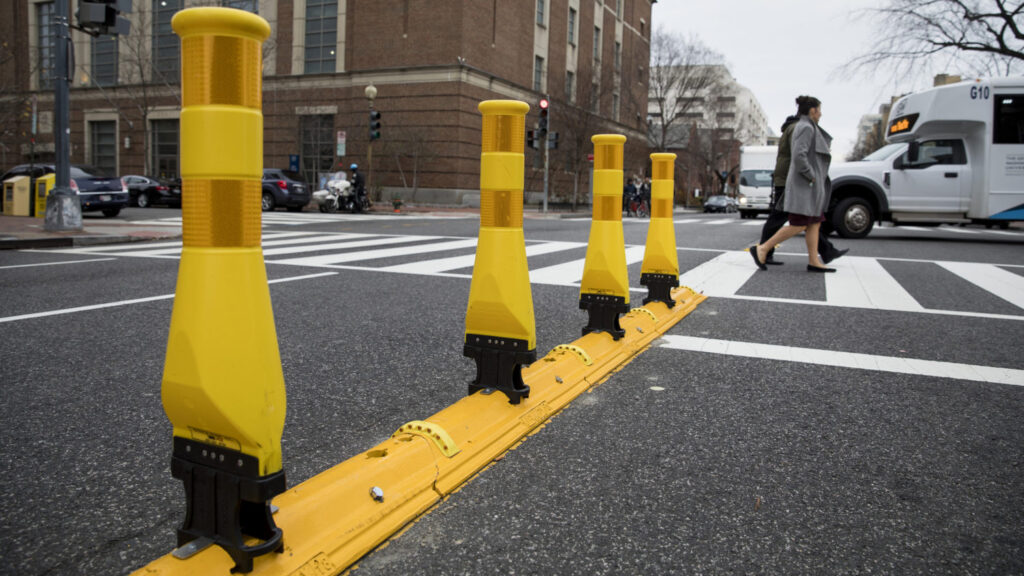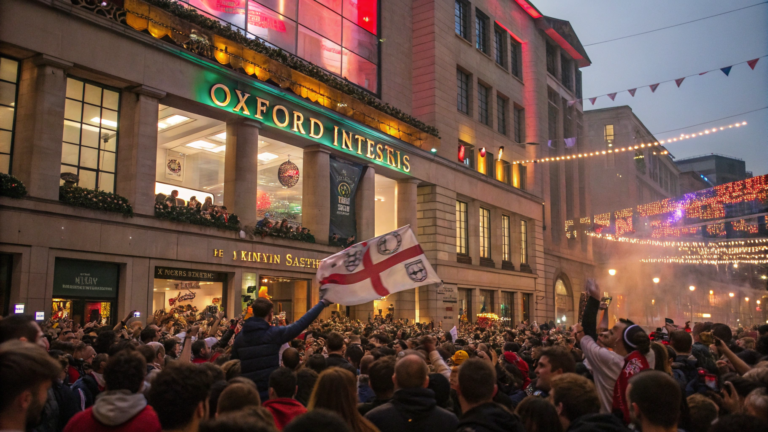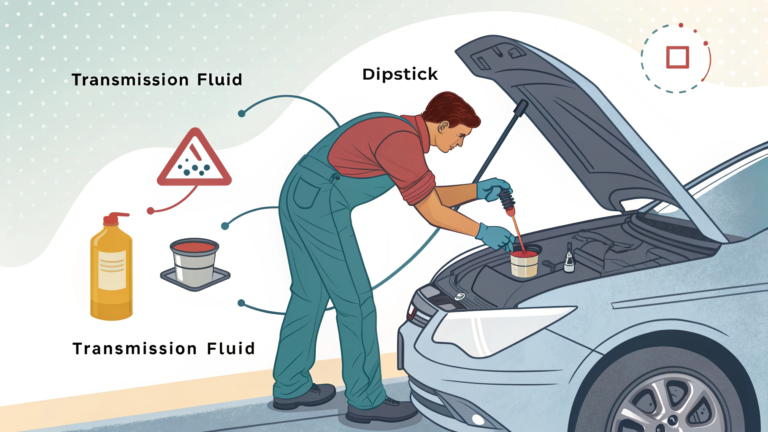
Power poles help secure overhead communication and electric lines while shaping traffic patterns and how people interact with urban streets. Proper pole engineering and installation contribute to safe and effective roadway utilization, maintaining visibility and traffic flow. Utility poles can also support multifunctional integration, such as smart lighting and communication devices, reducing the need for multiple street structures. Here are a few insights into how power poles impact urban traffic and pedestrian safety:
Impacting Traffic Flow and Visibility
The presence of power poles near roads can obstruct sight lines for drivers and cyclists. Sturdy design and strategic placement help make sure that the poles do not become visual obstacles at intersections. In planned structures, poles are positioned to maintain adequate distance between the roadside and footpaths. Industry standards guide pole construction to establish clear zones and meet line-of-sight requirements, enhancing vehicle safety.
Enhancing Infrastructure and Roadway Safety
Smart poles integrate lighting, sensors, cameras, and other devices into a single support structure. These designs make infrastructure more efficient and reduce clutter in medians and on sidewalks. Combining traffic control devices and surveillance systems into one pole helps reduce the number of physical obstructions, which can improve pedestrian movement in urban areas. Smart poles consolidate multiple functions to support traffic control and enhance city safety.
Manufacturers engineer power poles using robust materials, such as weather-resistant coatings, strong composites, and metal structures. This construction helps lower the risk of collapse or damage during storms and vehicle collisions. High-quality distribution poles resist rot, corrosion, and environmental wear. Safe poles provide a longer service life and help prevent sudden breakages near pedestrian zones or busy roads. Their durability supports continuous traffic flow and preserves the integrity of sidewalks.
Reducing Conflict Between Pedestrians
Effective urban design separates pedestrian areas from utility infrastructure. Poles placed too close to sidewalks can reduce walking space or create tripping hazards. Sidewalks remain unobstructed when planners incorporate appropriate setbacks and clearances. Proper engineering of distribution poles minimizes conflicts between infrastructure and pedestrian movement. These installations provide accessible and secure routes for all pedestrians, including those who use mobility aids.
The poles should meet the city’s requirements for strength, height, and resistance to wind or vehicle impact. Engineers carefully select materials and coatings to achieve long-term reliability. When lateral supports are used, design plans include guy-wire protection and reflective markers to reduce the risk of collision. The guy-wire should be properly tensioned and anchored to promote structural stability, especially under dynamic loads such as wind or accidental impacts. Its placement should also be clearly marked and comply with local safety standards to prevent hazards to pedestrians, vehicles, and maintenance personnel. Proper specifications enhance the stability and visibility of poles in both street and pedestrian environments.
Coordinating Traffic Signals and Lighting Systems
Traffic signals, streetlights, and overhead signs may be installed on shared poles to reduce clutter and the number of separate structures. These integrated systems are designed to avoid obstructing sidewalks and pedestrian paths. By minimizing the number of poles along roadways, cities can streamline traffic management, improve visual clarity for drivers, and enhance pedestrian safety. This coordinated approach also helps support more efficient traffic control and smoother vehicle flow.
Choose Quality Power Poles
When carefully designed, positioned, and installed, power poles can meet infrastructure requirements without obstructing driver visibility or pedestrian walkways. Integrated smart pole systems enhance functionality while reducing urban clutter. Proper engineering and the use of durable materials, such as steel and concrete, can minimize maintenance issues and improve public safety. For reliable, long-lasting solutions, consult a trusted manufacturer that provides power poles with easy installation and enhanced durability.





